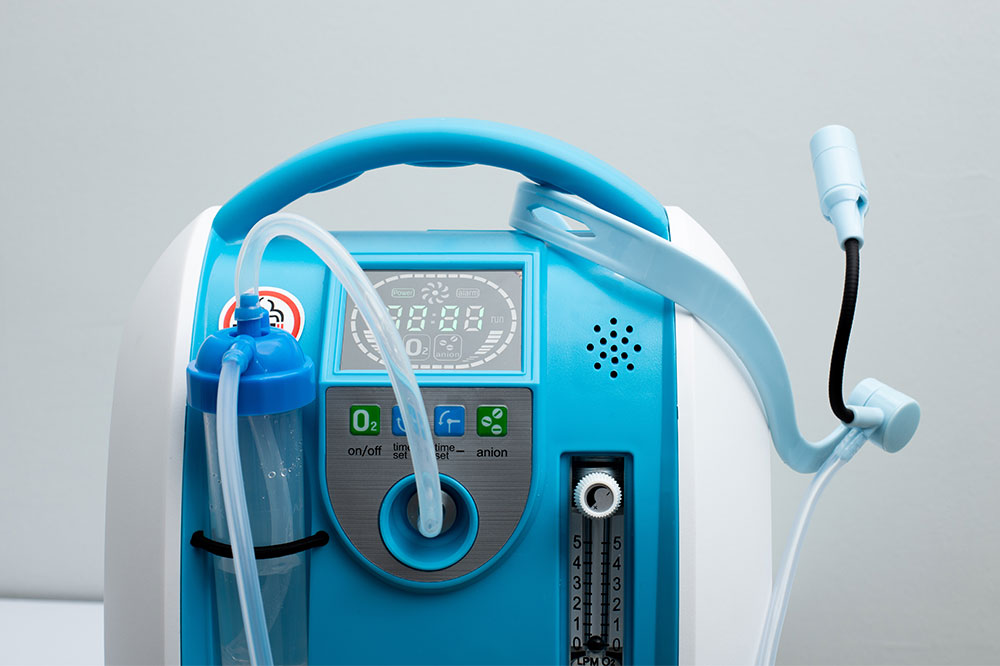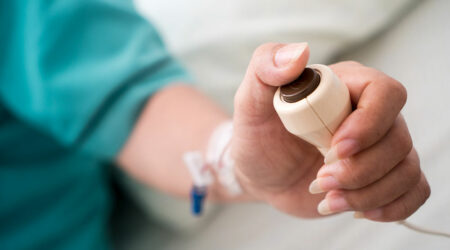
Portable oxygen concentrators – Types, cost, benefits, and buying tips
Individuals may require portable oxygen concentrators if their breathing is affected due to respiratory conditions like pneumonia, pulmonary fibrosis, severe asthma, sleep apnea, and cystic fibrosis. The machine can be easily carried around and supplies oxygen in small bursts (pulse doses) each time one inhales. While oxygen therapy does not cure these conditions, those who use oxygen concentrators find themselves in a better position to cope with their symptoms and get relief.
Types of portable oxygen concentrators
There are two types of portable oxygen concentrators. The first is a pulse dose concentrator. It delivers oxygen on inhalation and is recommended for treatments that do not require high amounts of oxygen per minute. Pulse dose systems continuously adapt to the evolving breathing patterns of the person who uses the device. These are comparatively compact and lightweight, making them easier for you to carry around for regular activities.
The second type is continuous flow concentrators, where a steady flow of oxygen is transmitted continuously. These are for those who need high amounts of oxygen, usually between two to five liters per minute. Continuous flow systems work more efficiently than pulse dose units.
Tips for choosing the correct device
Here are a few tips to help you purchase a portable oxygen concentrator:
Ensure portability
The system should be lightweight, less bulky, and easy to carry around. Besides that, it should have the Federal Aviation Administration’s approval. If the device is not approved, it cannot be taken on a flight.
Buy durable systems
The machine’s durability is also essential. It is a significant investment and needs to work long-term. Durable products usually come with a better warranty.
Look for the best features
When purchasing portable oxygen concentrators, check for features like a bigger display for ease of reading and alarms for low or depleted oxygen levels. These features might be costly, but they are worth every penny spent.
Check the noise levels
Most portable oxygen concentrators are quiet, but some are not. If you need to focus on other activities without getting distracted by the sound of mechanical parts, look for models that are less noisy.
Top brands and costs
It is best to buy from reliable brands, regardless of whether the supplemental oxygen device is new or used. A few top options include Philips, Invacare, Inogen, and CAIRE. Each oxygen concentrator from these brands has unique benefits and features. It means that the price for each will differ.
A new potable oxygen concentrator can range between $1,495 to $3,945 based on its battery capacity and other accessories. A used home oxygen concentrator should cost between $800 to $2,000 based on the used hours, warranty, and condition. Rentals are another option that can cost $35 a day to $240 a week.
Benefits of portable oxygen concentrators
The most apparent benefit of portable devices is that they can be carried anywhere. On the other hand, concentrators that come with a tank are difficult to use if you have to move from one place to another.
In general, oxygen therapy improves breathing and reduces respiratory symptoms. It can provide oxygen to tissues and organs in the body, preventing complications. People with COPD and other respiratory conditions find breathing easier during exercise when they use supplemental oxygen. The machine can also help improve one’s cognitive function and promote better sleep.




